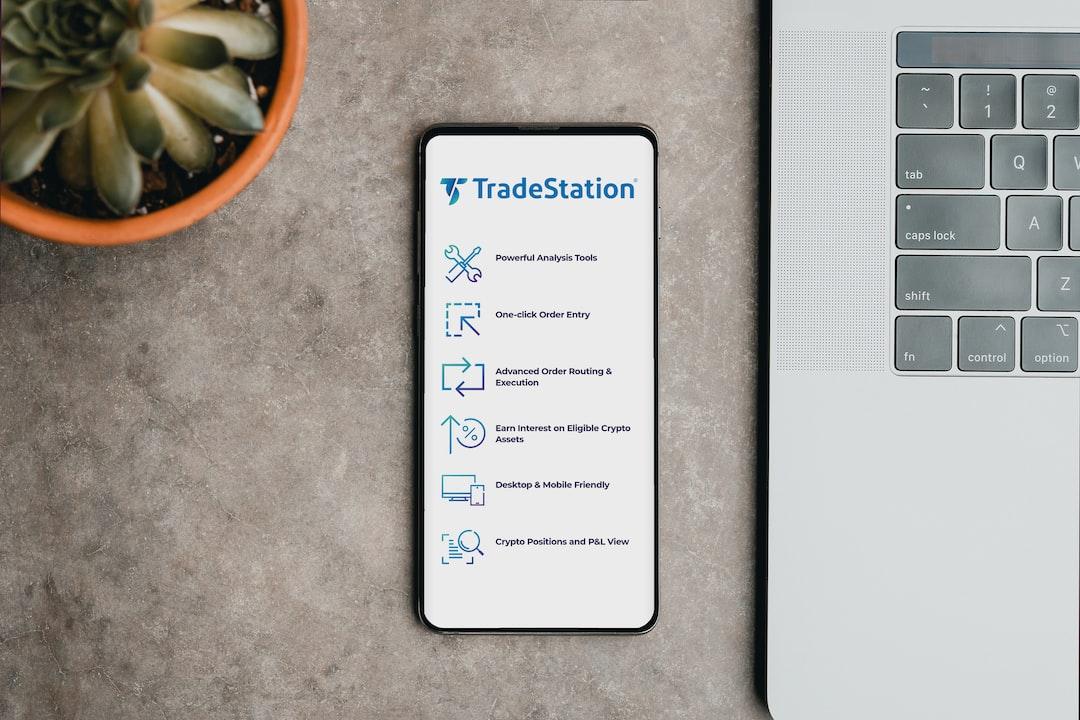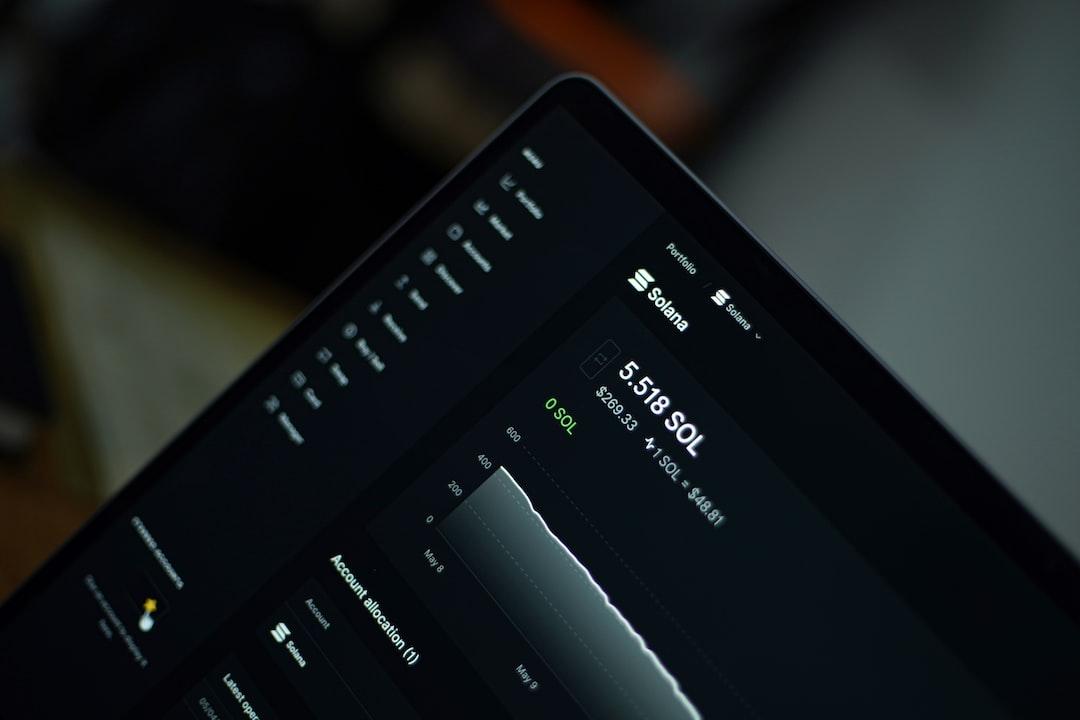Source: PermaDAO
The fundamental principle of blockchain is a decentralized accounting method, where “blocks” and “chains” are not essential.
What is the first principle?
The first principle (First principle thinking) refers to returning to the most basic conditions of things, breaking them down into various elements for deconstructive analysis, in order to find the most optimal method to achieve goals. This principle originated from the ancient Greek philosopher Aristotle and gained popularity among the public due to Elon Musk’s advocacy. This principle also shares similarities with the concept of “Dao” in Eastern philosophy.
In 2014, during his graduation speech at the USC Marshall School of Business, Elon Musk mentioned his decision-making approach based on first principles:
“Perhaps you’ve heard me say that you should think from a physics framework, this is the first principle. That is, don’t engage in analogical reasoning. Break things down to the most fundamental elements you can imagine, and reason up from there to determine if something makes sense. This kind of thinking is not easy, you may not be able to think this way about everything because it’s mentally exhausting. But if you want to innovate knowledge, then this is the best way to think. This framework was proposed and developed by physicists, and they discovered counterintuitive things like quantum mechanics. So, this is a very effective, very powerful method. Anyway, try to do this as much as possible.”
Taking the example of the Hyperloop vacuum tube high-speed train, Musk explained that if one were to design a new train product using comparative or experiential thinking, most people would focus on enhancing existing features, making the power stronger, and improving fluid dynamics. However, by analyzing the product requirements based on first principles, one would need to go back to the fundamental purpose of transportation vehicles: to transport a large amount of goods from point A to point B. This is the initial purpose of manufacturing trains and other transportation tools, not necessarily requiring traction to achieve an upgrade. With the support of first principles, Musk proposed using a maglev plus low vacuum mode to create the Hyperloop vacuum tube high-speed train.
The first principle in blockchain
So, what is the first principle of blockchain?
Dr. Xiao Feng stated in his closing speech at the 2024 Hong Kong Web3 Carnival that the first principle of blockchain is a new method of accounting.
“In 2009, when blockchain emerged as a distributed ledger technology (DLT), it recorded digital value and network value, no longer on private ledgers but on a public transparent global ledger, where everyone accounts together, and all stakeholders account on a single ledger. This is the first principle of blockchain, a transparent, open ‘global public ledger,’ all Web3 innovations are based on the first principle.”
The author agrees with Dr. Xiao Feng’s viewpoint and further elaborates on the essence of blockchain based on this perspective.
When we break down the term “blockchain” into “block” + “chain,” considering that the first principle of blockchain is a method of accounting, are blocks and chains really necessary?
Before answering this question, let’s first look at why blocks and chains are needed in Bitcoin as a distributed ledger.
In Bitcoin, a block is a digital record containing a set of transaction information, akin to a page in a ledger, where a hash function can calculate a hash value. The unique feature of this hash value is that when the content of a block changes slightly, the hash value also changes. Each block contains the hash value of the previous block, forming an immutable chain structure.
In Bitcoin, the mechanism for synchronizing ledgers is the PoW consensus mechanism. When transactions occur in the Bitcoin network, these transactions are added to the memory pool (mempool). Subsequently, miners select a set of transactions from the mempool and attempt to create a new block. To achieve this, miners need to find a specific value in a random number and combine this specific value with block data to generate a hash value that meets the network’s difficulty target. This process, known as “mining,” gives the miner the right to account, i.e., mine successfully. The difficulty target is a dynamic value that adjusts every 2016 blocks (roughly every two weeks) to maintain Bitcoin’s average block time around 10 minutes.
Blocks and chains form the basic structure of Bitcoin, where PoW is the consensus mechanism. The combination of these elements enables Bitcoin’s decentralized accounting function. However, from the essence of blockchain, as long as decentralized accounting can be achieved, accounting can be non-block-based (e.g., single transaction consensus), and the ledger can be non-chain structured (e.g., DAG). Therefore, blocks and chains are not necessary; it is just that the term “blockchain” has become ingrained, serving as a general term for decentralized ledgers represented by Bitcoin, Ethereum, and Solana.
After all, Bitcoin originated in 2009. With the continuous development of blockchain research, although most blockchains still follow the traditional block + chain structure, some blockchains have emerged that are designed based on first principles. They address the fundamental issue of decentralized accounting and have unique data structures and consensus mechanisms. This article uses Sui and Arweave AO as examples.
Sui: The Way of Water

Sui is a Layer1 designed and built based on first principles, with its main team coming from the disbanded Diem and Novi projects at Facebook (later renamed Meta). The naming of Sui comes from the Japanese word for water, and this influence can also be seen in its brand image.
Sui uses Sui Move to write its smart contracts, employing an object-based data model where all transactions are input as objects and produce new or modified objects as output, allowing independent objects to process transactions in parallel.
In Sui Move, each smart contract is a module consisting of functions and structures. Structures are instantiated in functions and can be passed to other modules through function calls. The instantiated structures stored at runtime act as objects, and Sui has three different types of objects: owner objects, shared objects, and immutable objects.
Sui does not have blocks; instead, it validates transactions individually. Whether a transaction undergoes Sui’s sorting and consensus mechanism depends on whether the objects in the transaction are shared or non-shared.
If a transaction does not involve shared objects, it is termed a simple transaction. Sui uses a lightweight algorithm called Byzantine Consistent Broadcast for simple transactions, which references the design principles of FastPay. Clients broadcast transactions to all validators of Sui and collect validators’ stake-weighted votes to generate a certificate, which is then broadcast back to the validators. Validators receiving this certificate can directly execute the transaction.
For transactions involving shared objects, known as complex transactions, Sui employs the Narwhal & Bullshark consensus mechanism. Narwhal is a mempool module responsible for ensuring transaction availability. Narwhal operates in rounds, with each round consisting of two steps: transaction distribution (synchronizing transactions to other nodes) and transaction validation (collecting votes from other nodes on transactions). After multiple rounds, transactions form a directed acyclic graph (DAG). Bullshark is a consensus module responsible for sorting transactions in the DAG within Narwhal.

Sui uses DAG for transaction propagation and consensus, reducing transaction latency and minimizing network overhead during communication. Additionally, to maintain the integrity and order of historical information, Sui sorts transactions into checkpoints in a separate process. These checkpoints link linearly, providing a structure similar to a traditional blockchain for storing and accessing historical data.
However, the data structure of Sui is entirely different from traditional blockchains. Transactions grouped into checkpoints in Sui are already finalized, whereas traditional blockchains group transactions into blocks that are not yet finalized.
Arweave AO: The Way of the Void

Water is formless, yet it is still tangible. Just as Sui retains the consensus mechanism of traditional blockchains and eventually organizes transaction data into the traditional block + chain structure, AO completely subverts the paradigm of traditional blockchains. It has no blocks, no chains, and no consensus. Compared to water, AO symbolically represents the sky (Sora in Japanese).
AO is a distributed, decentralized, and Actor-oriented computing system based on Arweave. Its first principle is not to build a decentralized ledger but to construct a decentralized computing system. It is somewhat akin to the relationship between applications and operating systems.
The computing system can be divided into storage, computation, and communication issues, all of which have mature solutions in Web2. The challenge lies in decentralization. One approach is to build a decentralized storage network, a decentralized computing network, and a decentralized communication network separately, which is precisely the decentralized technology architecture proposed by Gavin Wood, co-founder of Ethereum, in 2014, comprising Ethereum (smart contracts) for decentralized computing, Swarm for decentralized storage, and Whisper for decentralized communication.

AO consists of three units:

Messenger Unit: Responsible for message communication, transmitting messages to the compute unit and coordinating to produce output results.
Scheduler Unit: Responsible for scheduling and message sorting, uploading messages to Arweave.
Compute Unit: Responsible for processing computations and uploading results to Arweave.
A process on AO is composed of a group of units, each of which can serve as a horizontally scalable subnet, executing a large number of transactions simultaneously to achieve high-performance computing. However, each unit is not a decentralized network. In the entire AO architecture, only the underlying storage network Arweave is truly decentralized.
Processes on AO upload their holographic data to Arweave, giving it verifiable properties – as anyone can recover the process on AO from this holographic data. This is a form of storage consensus paradigm (SCP), where as long as storage is immutable, the transactions on it are traceable. Therefore, regardless of where the application is computed, the same results will be obtained.
While AO lacks a consensus mechanism, it separates the computing layer from the storage layer with SCP, keeping the storage layer permanently decentralized and the computing layer maintaining a traditional computing pattern. Thus, the scalability of computations on AO is not limited by any type, being able to implement blockchain ledger services based on EVM, WASM, or Move virtual machines, and even transforming any existing Web2 services into decentralized versions on AO.
In conclusion
The first principle involves thinking about the essence of things from a physics perspective and designing upward layer by layer from that essence. Although Sui and Arweave AO are both blockchain designs based on first principles, their fundamentally different nature has led to completely different architectures.
Sui’s essence is fast ledger services aimed at high-performance Layer1 blockchains like Solana; therefore, Sui designed an object-based data model, dual consensus mechanisms, and transaction parallel execution based on state access to achieve scalability, reduce latency, and lower costs. This enables developers to quickly and cost-effectively develop applications based on Sui Move smart contracts.
Arweave AO’s essence is a decentralized computing system, or decentralized cloud service; it is the infrastructure for running ledger services. Consequently, AO proposed SCP around a “verifiable distributed computing system,” conducting computations off-chain and storing on-chain to enable large-scale parallel computing and collaboration. The user experience is nearly identical to traditional cloud services, but behind the scenes, it is a decentralized computing system.

